At home with Gert Voorjans
An interview with the deliciously eccentric Belgian interior designer Gert Voorjans – that’s not something that you get to do every day. Together with photographer Jacqueline Louter I went to Antwerp for an inspiring conversation at the overwhelming home of Mr. Voorjans – who has also just released

An interview with the deliciously eccentric Belgian interior designer Gert Voorjans – that’s not something that you get to do every day. Together with photographer Jacqueline Louter I went to Antwerp for an inspiring conversation at the overwhelming home of Mr. Voorjans – who has also just released a very special book, called Interior Life.
This is an interview I did for Dutch luxury department store de Bijenkorf recently. Here is the full English translation. All photography by Jacqueline Louter-Hoos | Jaxpix.nl.
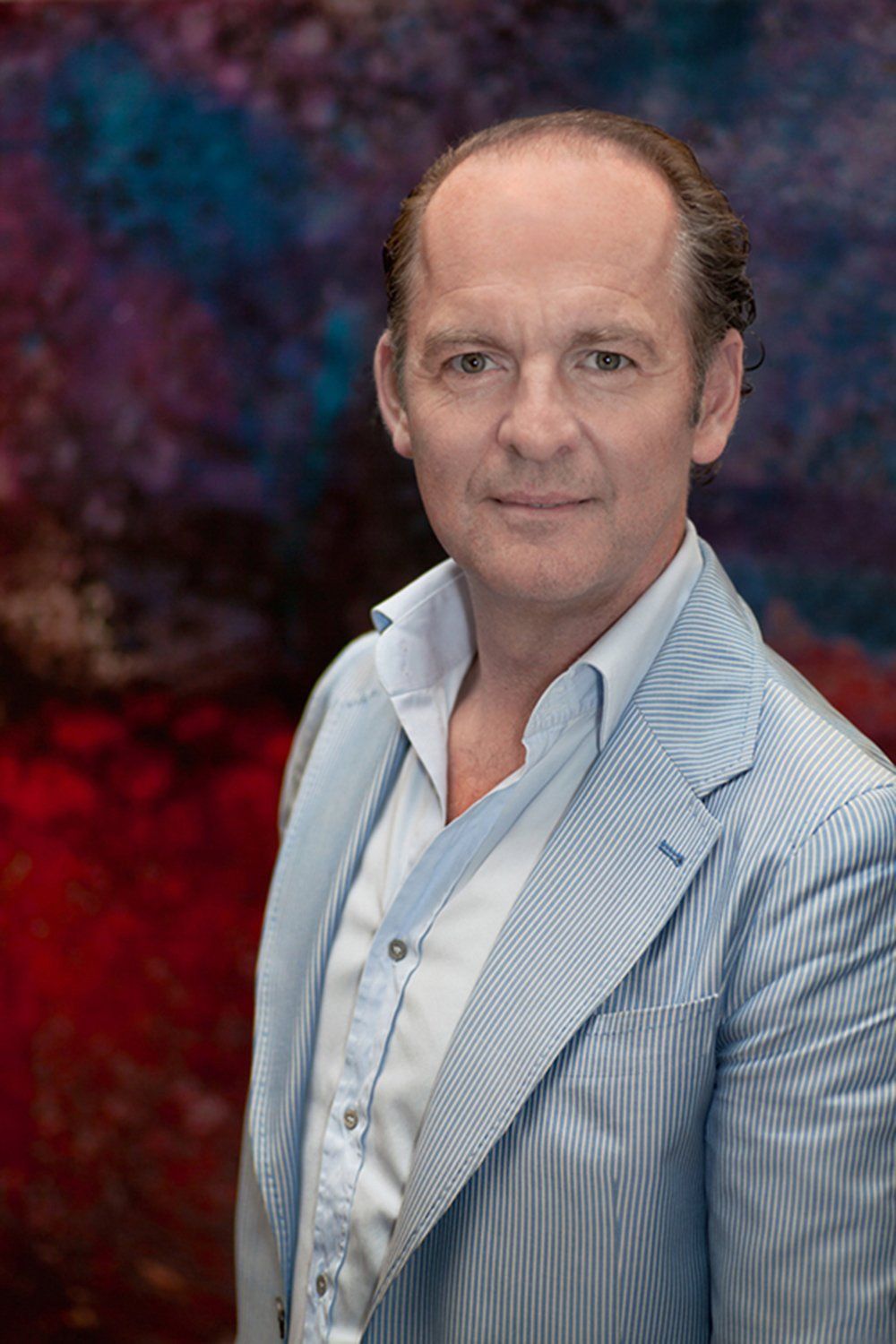

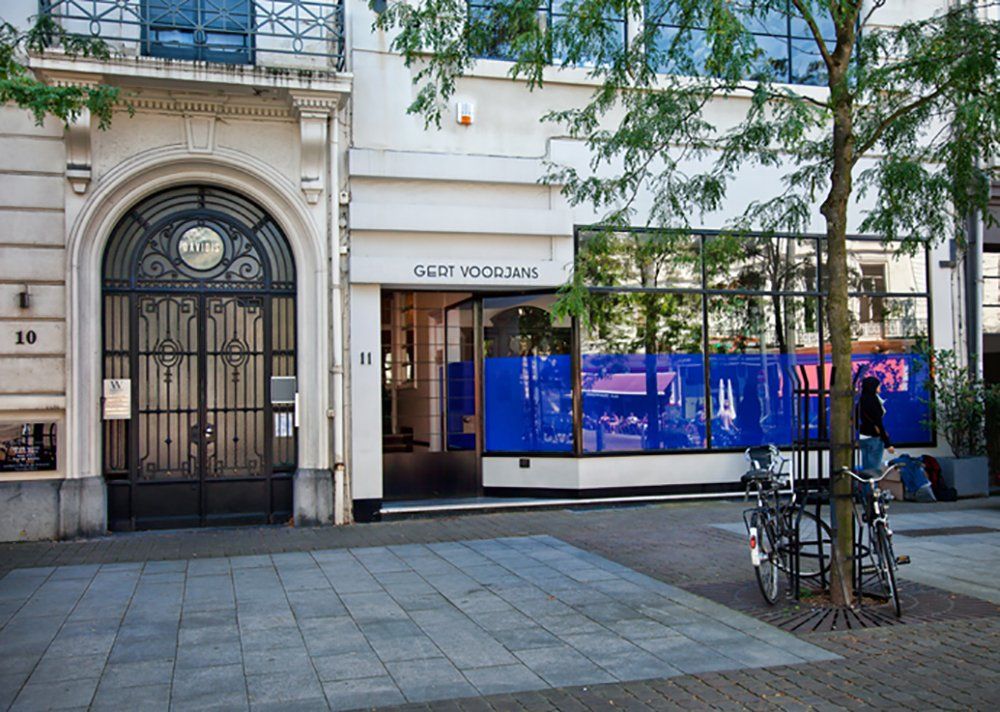
At home with Gert Voorjans
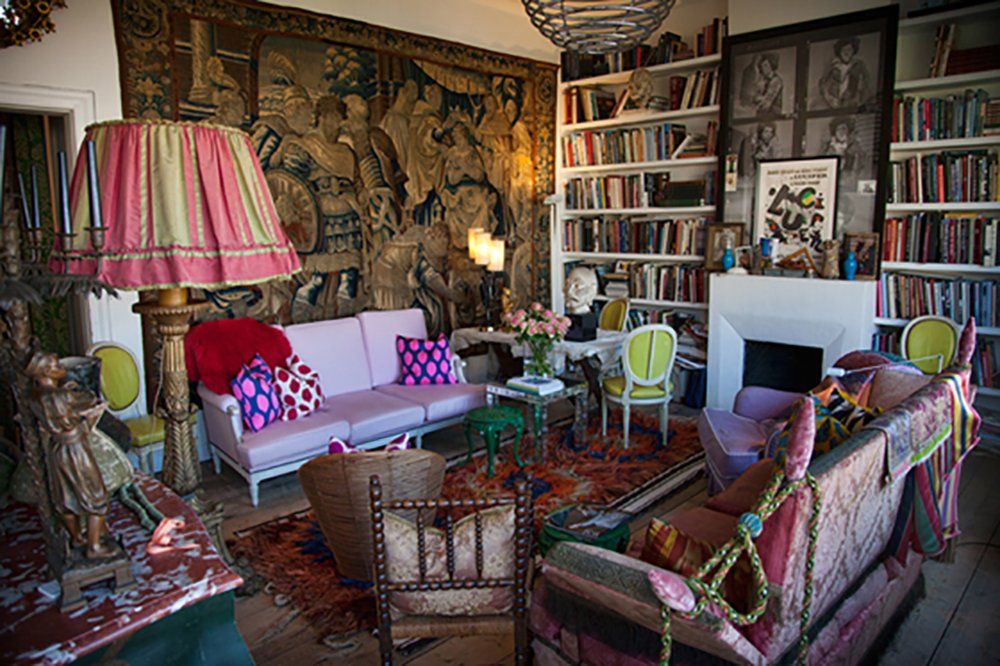
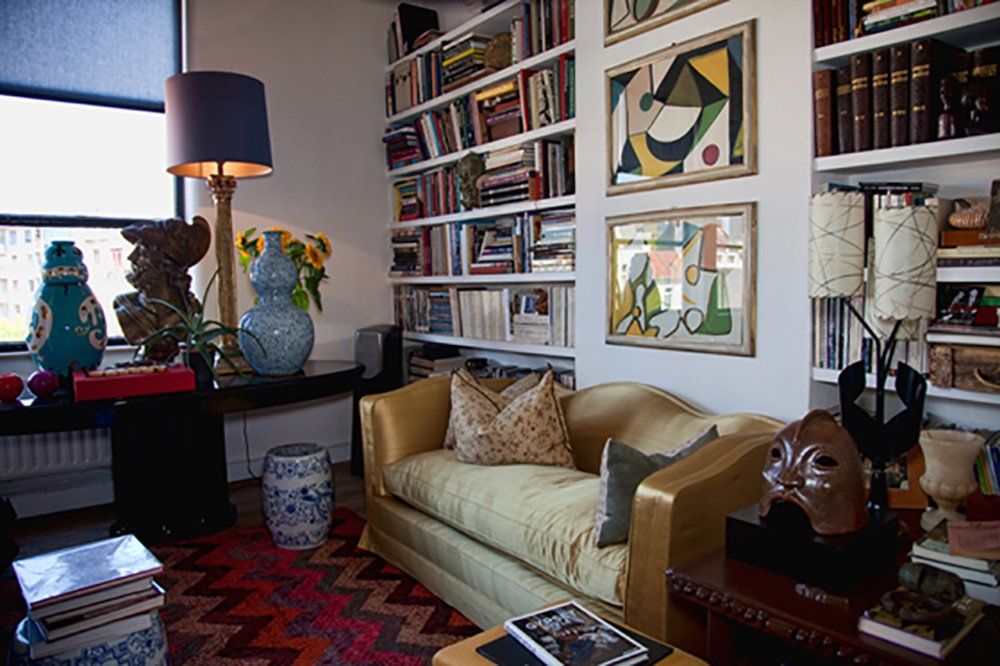
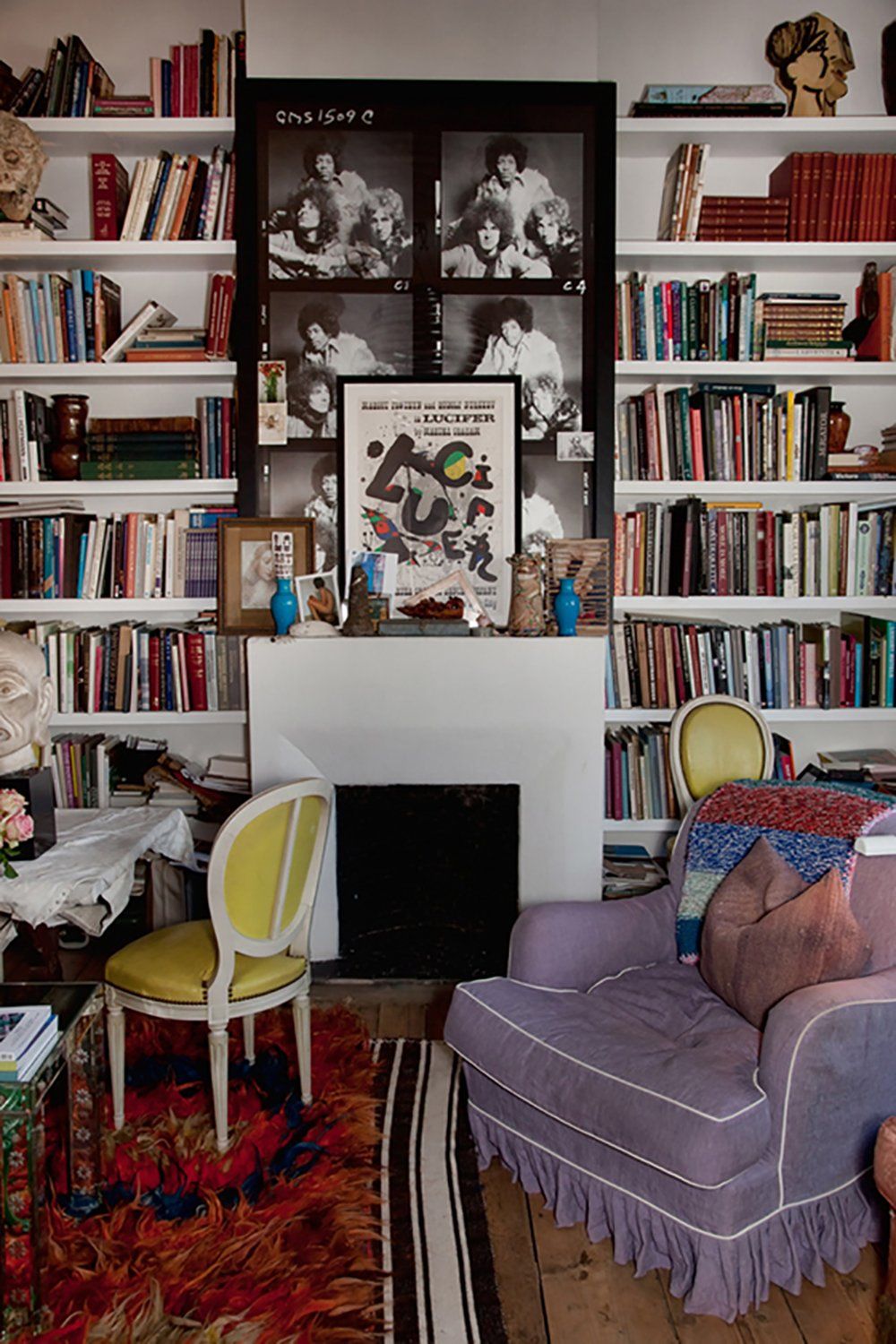
Contrast is a central theme in your work – could you tell us where this comes from?
It comes natural to me. Sometimes I find one thing a bit boring and at other times it’s something else again. In the nineteenth century house you don’t design a traditional classic interior with little angels and stuff like that. I like giving houses like that a twist. And the way I live here – that’s not how my clients live. The way I have decorated my home is purely for my own pleasure.
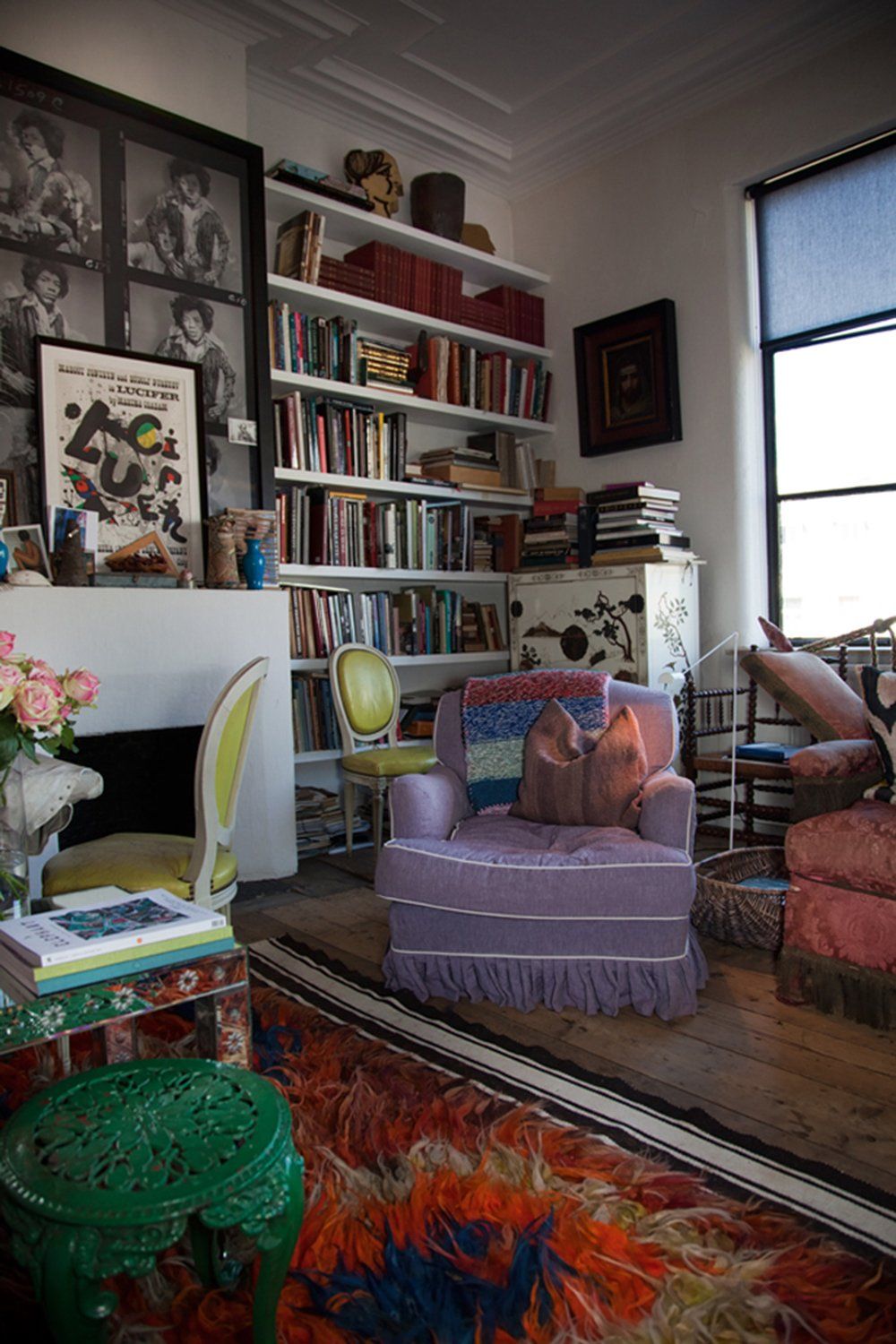
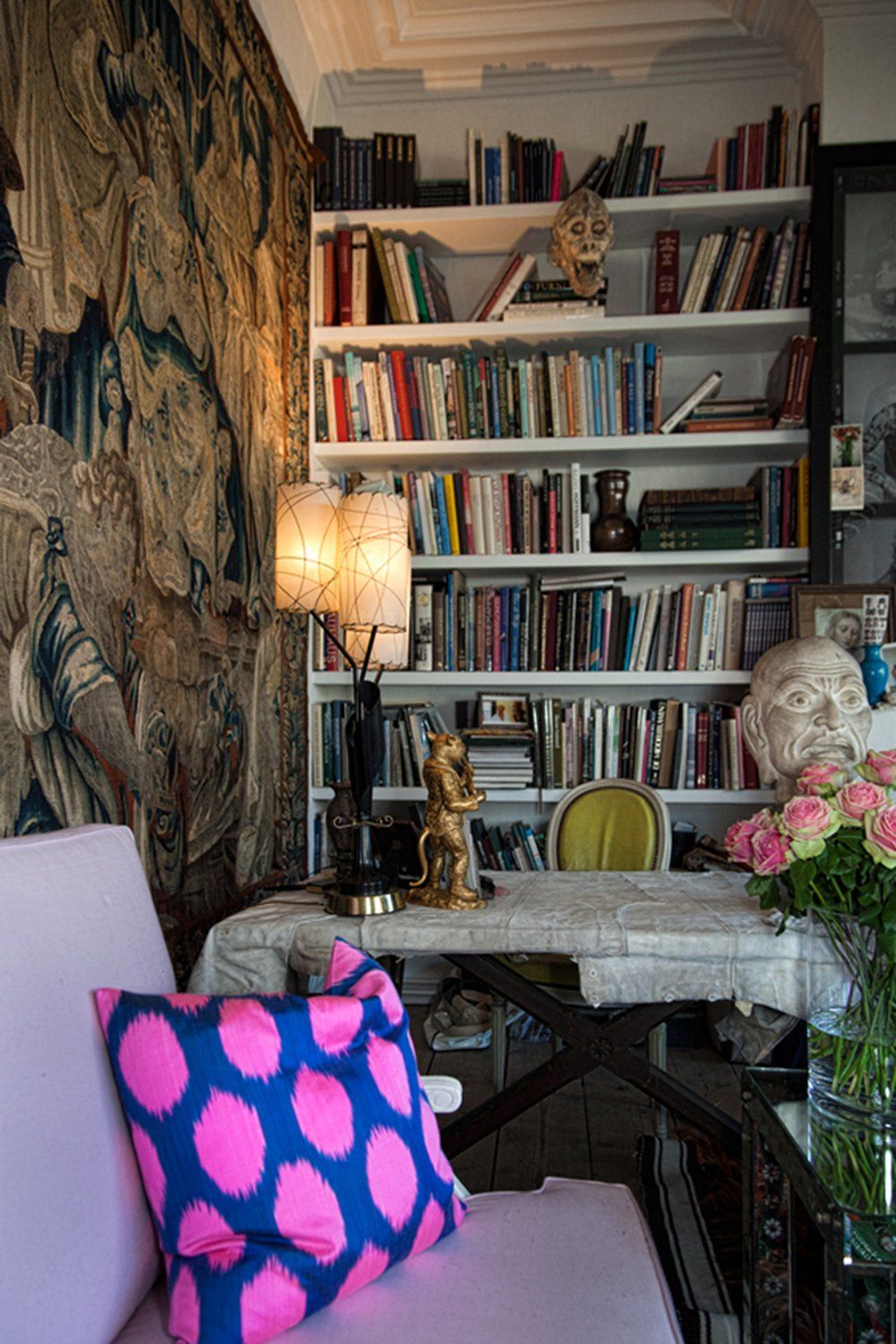
How do you work with your clients?
Every project is a new challenge for me: What kind of home is it? Who are the people? It stimulates me to offer every client something new. Many clients come to me well prepared with binders they show me. “This is how it’s going to be” – they say. And then I answer: “You might think that, but that is not how it’s going tob e!” You can go to a hairdresser with a picture of Nicole Kidman, but you’re not going to walk out the door like Nicole Kidman! Of course, I’m very happy with all the information I get. You get to know each other before you make something new for the client. I notice that clients have become more open towards my way of working. Surprising myself and the client – that is what I’m good at. Even though it does take some courage to hire me.
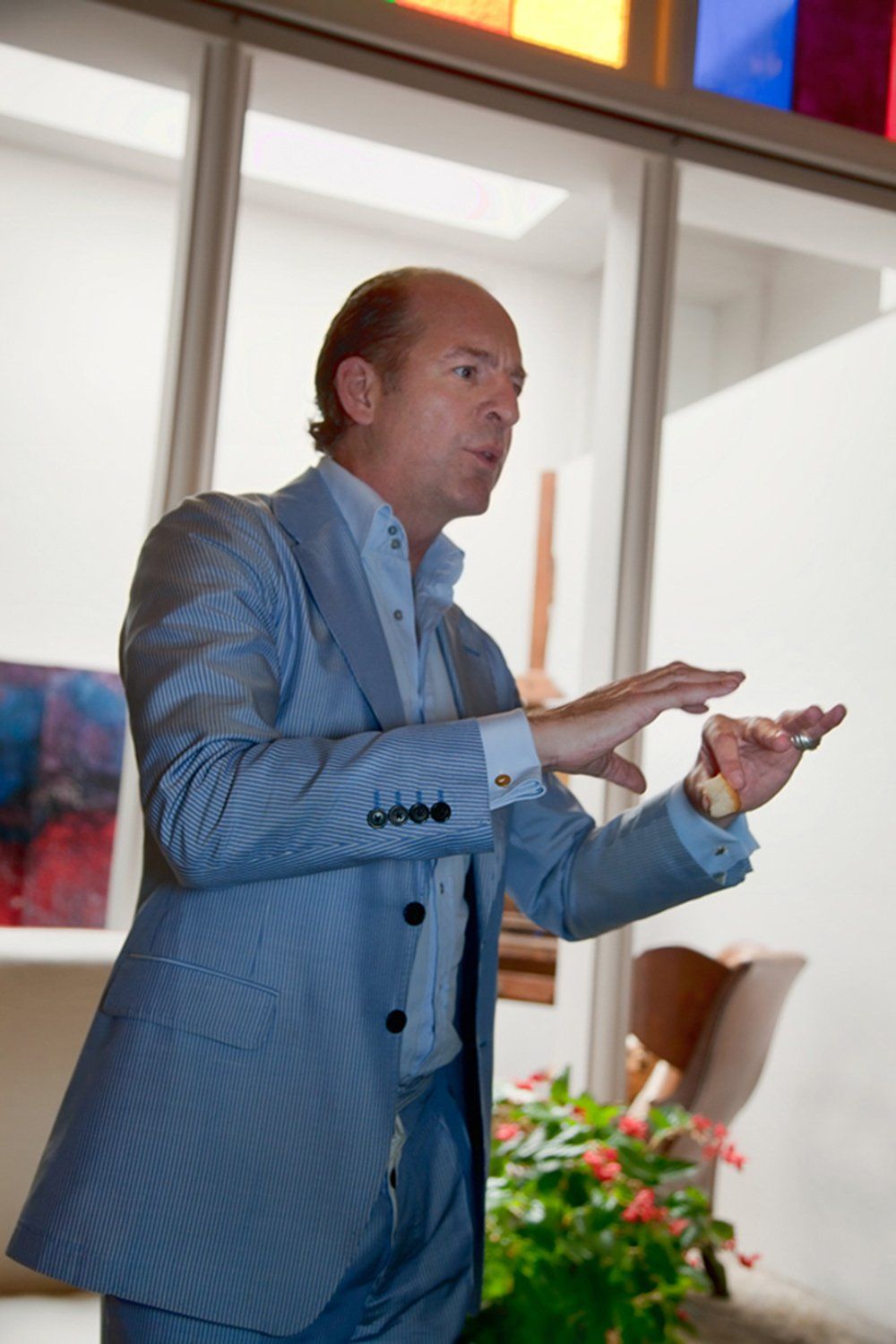
What I also do for my clients, is to keep an eye on the horizon. Most customers know pretty well what they want. But you can create a cacaphony if you combine the most beautiful doors with the most beautiful floors and the very best kitchen there is. Combine five beautiful and you might end up with something very ugly!

You have done so many projects over the years. Which one are you the most proud of?
The most successful projects are the ones where the client lets me go about my business. And of course they see that in retrospect. When a clients asks for an alternative solution, you can always think of one. You can even think of a third one…but never a fourth. You lose spontaneity that way. And in my line of work, spontaneity is key!
Yet you’ve also been designing all the shops for your good friend, fashion designer Dries Van Noten.
I’m very happy about that! Like me, Dries Van Noten works with colors, materials and shapes around the clock. We understand each other. Out of all the clients I have, he is the one I need to speak with the least. If we have to talk to much, then the project is not going to end well. I couldn’t have imagined when we started out together that things would develop the way they did. No one could have predicted that! Dries Van Noten still inspires and stimulates me. It has been a synergy of fifteen years – a dream come true, of course.
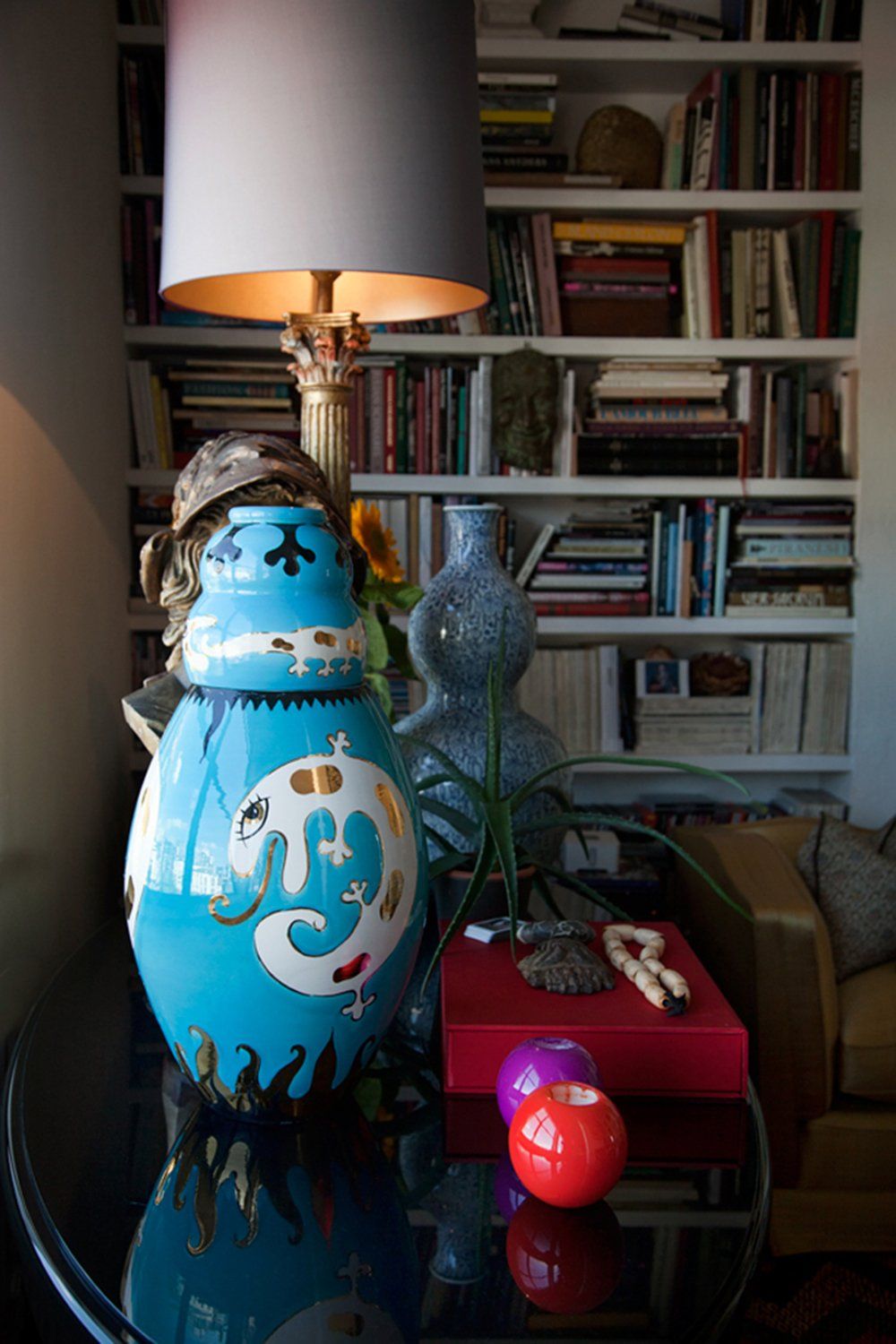
I’m also very happy that I can combine residential clients with corporate clients. I get so much energy from a good project! And as I’m getting older, I know what type of client I can and can’t serve. With all the experience and authority I have now decorating houses for private clients, I can in turn also offer clients like Dries Van Noten interesting new designs.
By the way, it has become fashionable to design shops almost like apartments. Those cold white boxes with long rows of spotlights are slowly becoming more eclectic. To me, that is nothing more than a confirmation that my way of designing actually works.

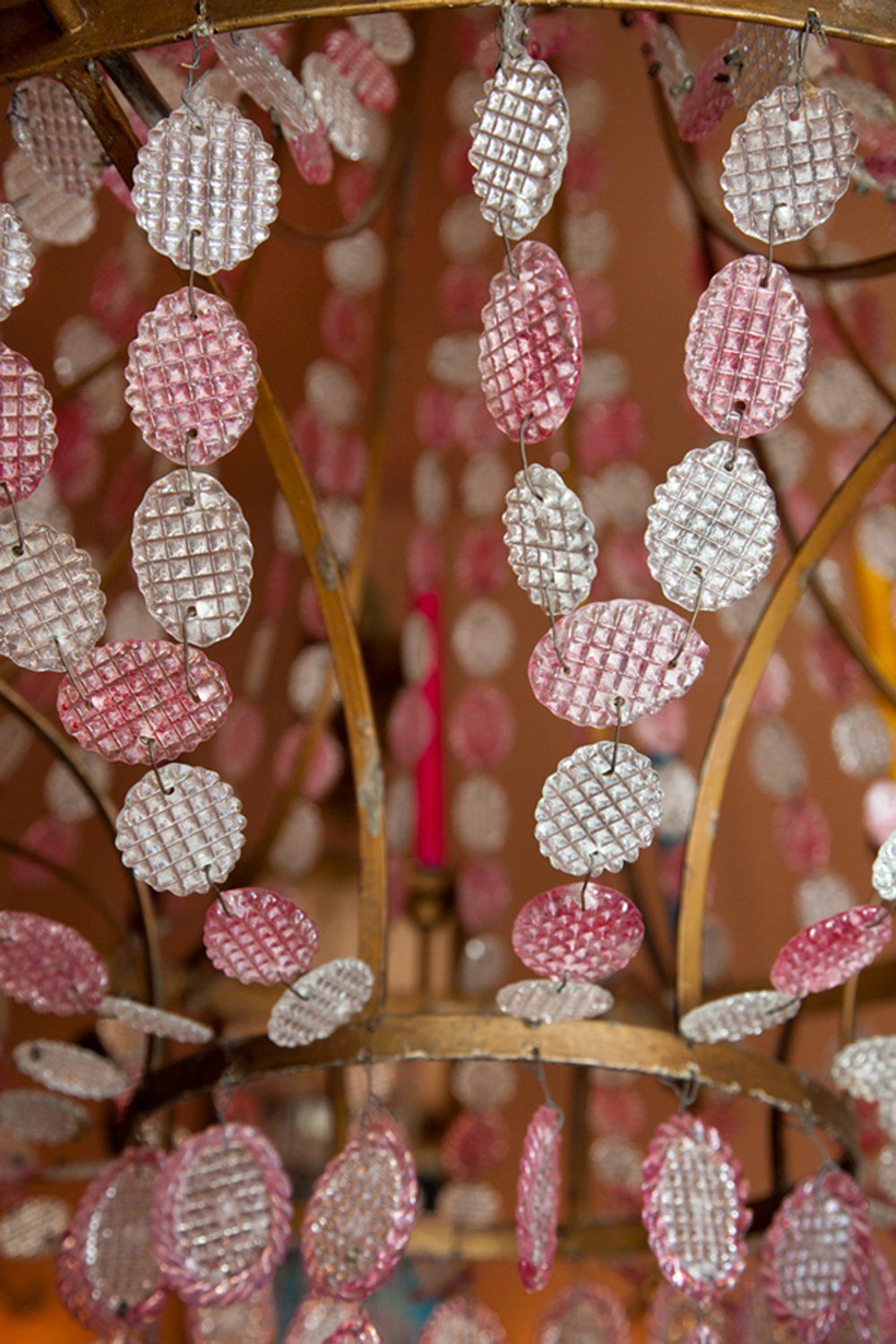
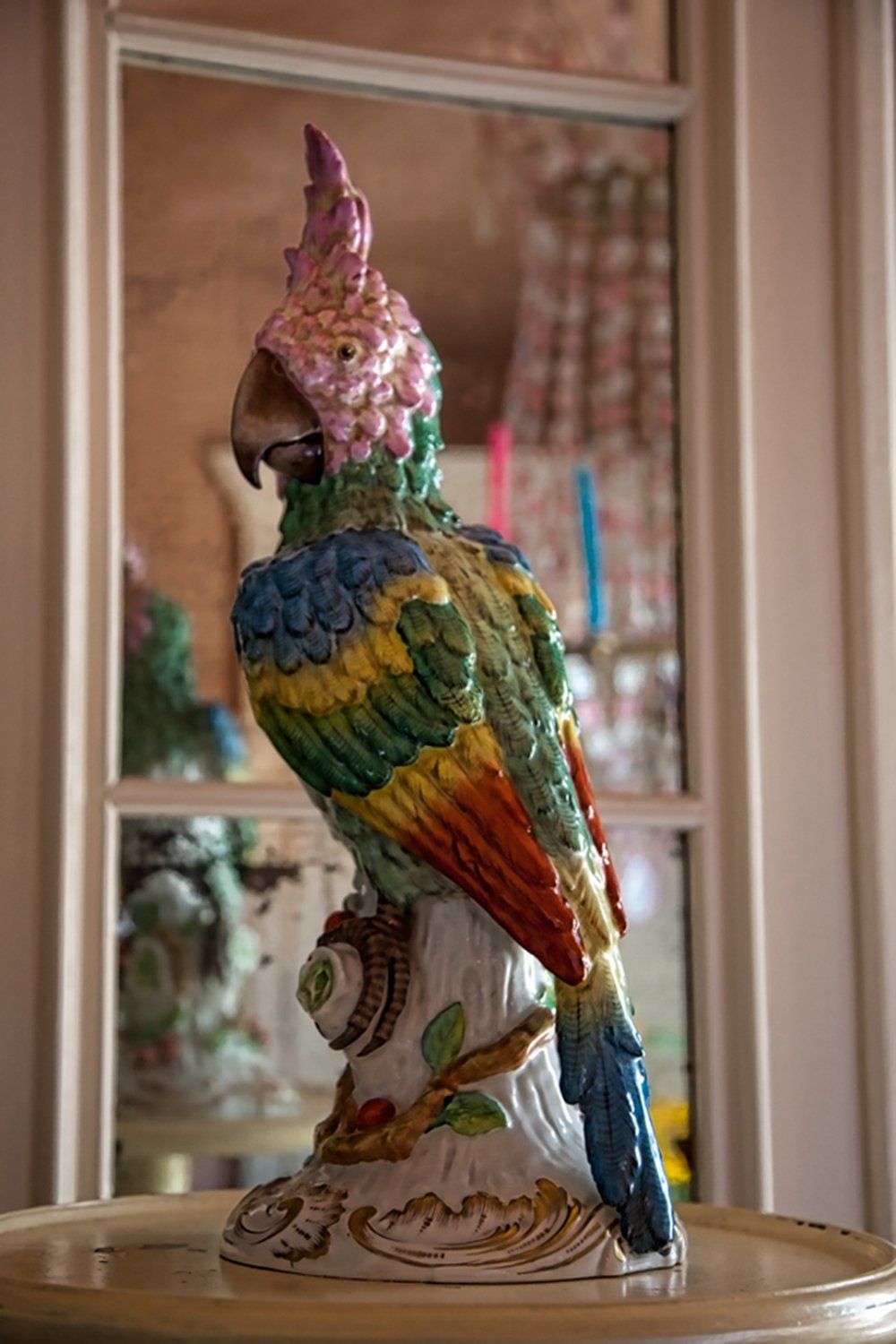
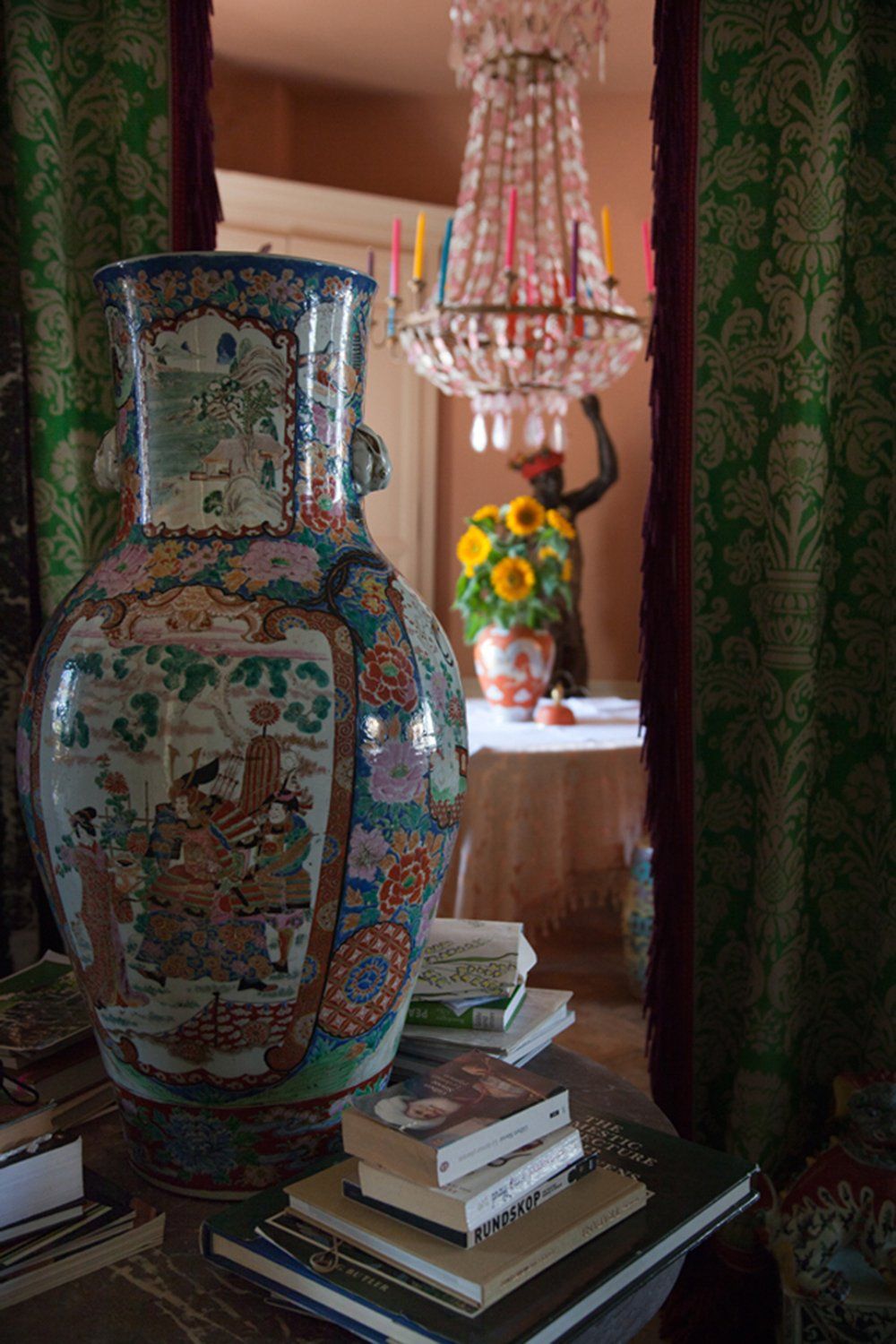
A perfect example of this trend is the new Dries Van Noten store in Paris!
Yes, on the Quai Malaquais several other stores have gone in the same direction by creating a very homely atmosphere with lamps and rugs. Of course, you shouldn’t go overboard either. In a shop, everything has to work perfectly.
The big chains on the contrary are still doing the same stuff in every city. Whether I’m in Düsseldorf, or Amsterdam or Brussels – I see that they stick to their own strong image. My approach has always been to link the brand with the city. The Dries Van Noten store in Tokyo looks totally different from the one in Hong Kong or Paris. If you don’t design that way, you lose the authenticity and the element of surprise.
Companies are slowly starting to realize that personalization and smaller collections are key. Louis Vuitton makes more and more personal bags. In the end, we’re all individuals. You can say that you want to belong to a certain group, but you still want to give yourself a little twist, something different. We’re all getting tired of those white boxes and rows of spotlights. And stores realize that they need to add a new dimension in order to sell their goods. Even though not every customer goes to the flea market every day, it still has to have that feeling.
Do trends still lead you on the level you’re working at?
No, not at all. By traveling a lot, I see a lot of things subconciously. I think I feel upcoming trends before they actually break through. There used to be a lot of rules. Plaids and stripes could not be combined. Blue with green, red with green – that wasn’t allowed. All those rules are gone. Now, I don’t to say that it’s just a matter of randomly mixing things up. Or buying something at the flea market, make a more expensive design from i tand the say: “See, this is the look.” That’s not how it works either.
And some people don’t see the red line I adhere to in my work. They say: “It’s overkill!” But what I say in those cases is, you can always simplify your home. Using the same upholstery for everything can work as well. Not white linen though, I don’t do that anymore.
What are your favorite pieces here at home?
The things that have been here a long time. If you do big projects like I do, you collect a lot. With me, it’s always a coup de foudre – love at first sight. I can be driving my car and – Bam! – I see something and that’s it. Items like that always find their place. Here at home it’s about the total.
But of course an average home doesn’t have to be as full as mine! You can also use a little less. I enjoy all the clutter here at home. After twenty years in the business, I have collected so many things.
What is it like to design for celebrities like Mick Jagger or Nina Garcia?
I turn that idea into an abstraction. Of course it’s very nice and exciting. But from the moment you walk in, it’s no longer That Person. Otherwise you can’t work for them! If you think: “I’m standing before a living legend here!” – then things wouldn’t work. Often I’ll just lean against something in a nonchalant manner and just tell what I’m going to do. The only way celebrities are going to like you is when you act very naturally. And of course, in retrospect, it’s always a nice memory. Even though you can’t just pick up the phone and call people like that. They have an entire entourage around them. But I have to admit, it is stimulating!
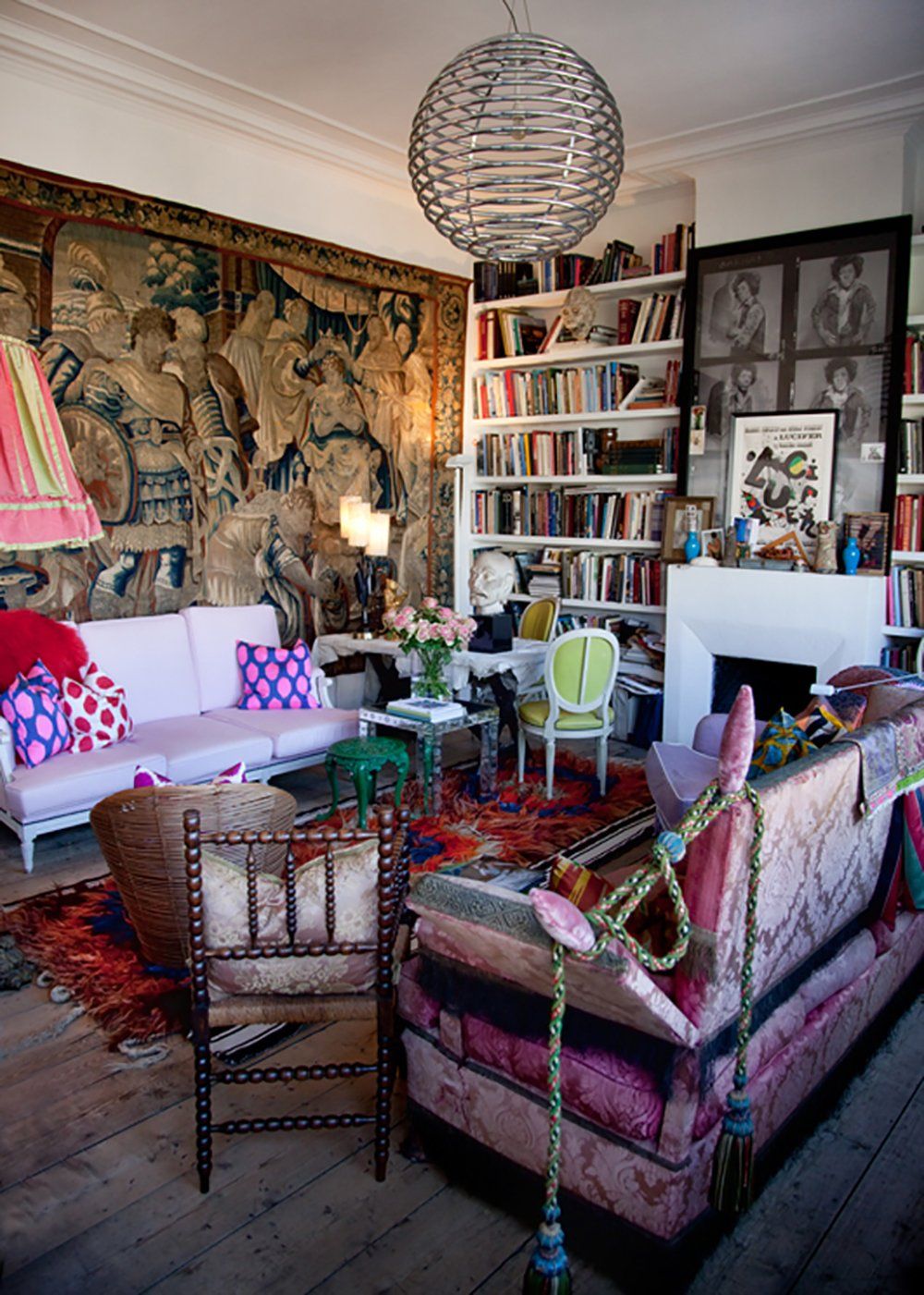
What is it that you still want to accomplish?
To continue what I’m doing now. I have the feeling that I’m just getting started. And I also want to let go of things in order to work more purely, to do things my way even more. Together with my team we can do things we couldn’t have accomplished five or ten years ago. We are ready to shoot, so tos peak!
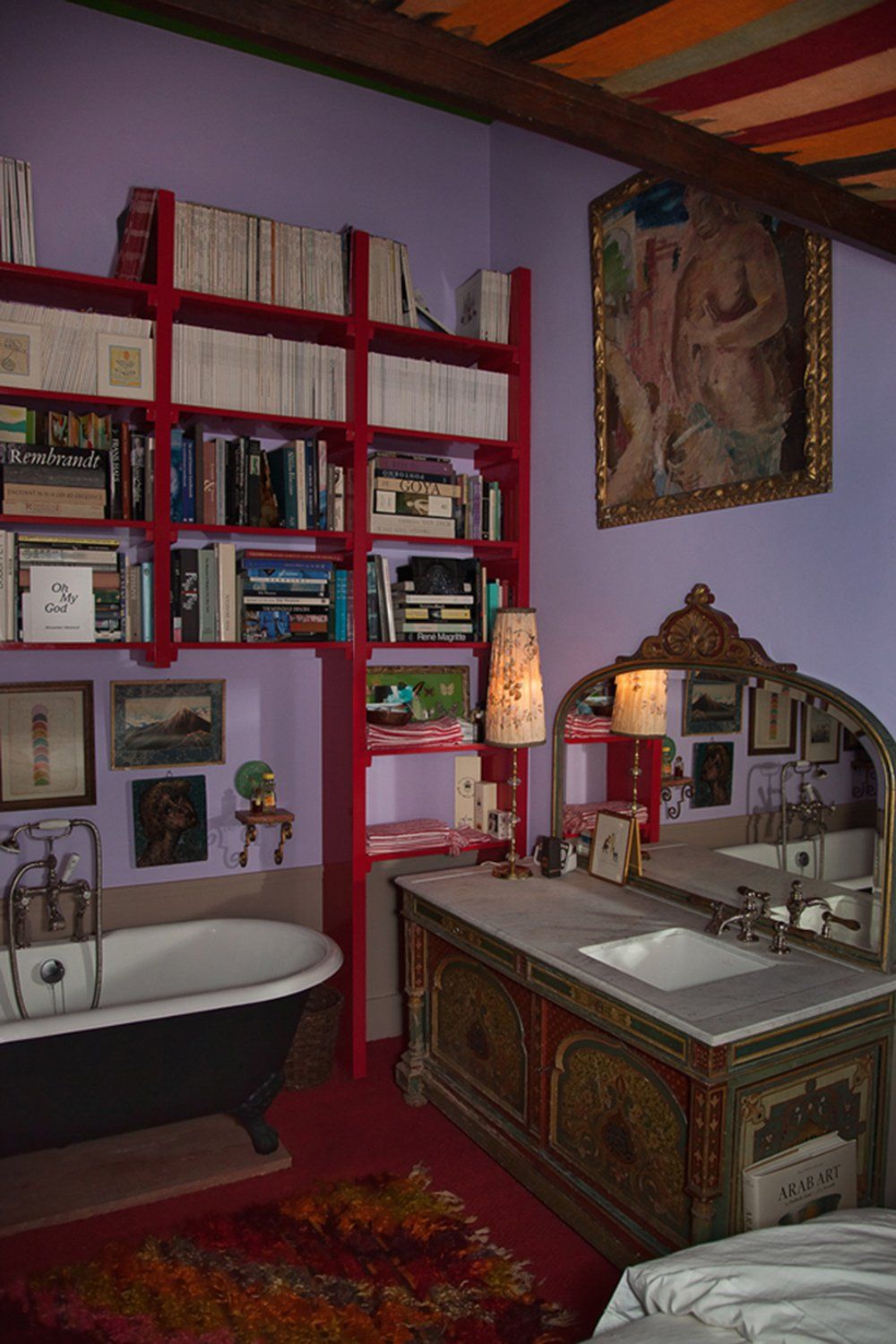
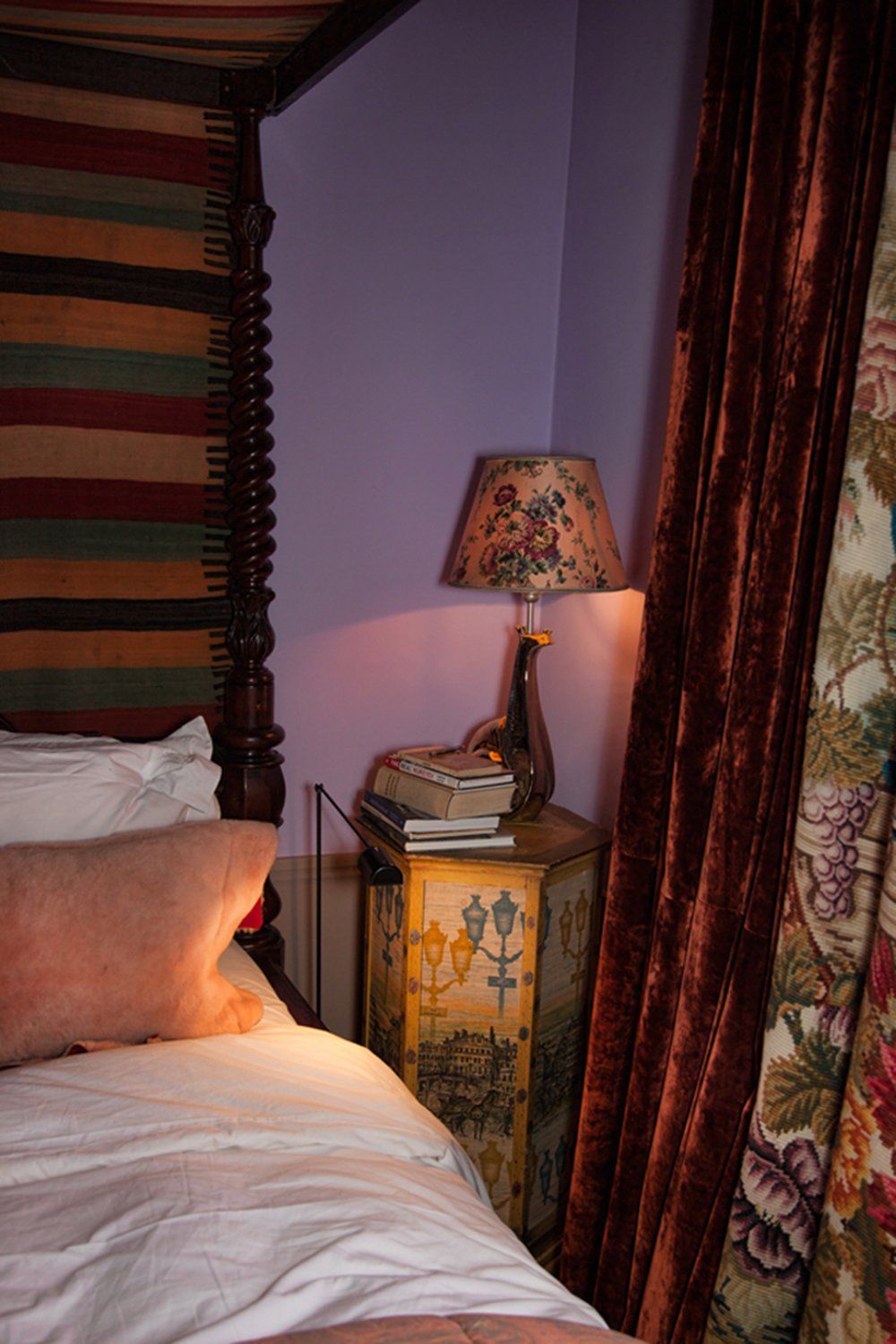
Your first book, Interior Life, has just been released!
I’ve just turned fify and I kept postponing that book – because there are so many books out there already. And I didn’t just want to release any old book with my projects. I find that to be bluffing, or bragging. I though I had to tell something about the craft of interior architecture. It has become a book with many sources of inspiration. And all the craft that is involved. I want to show with my book that what I do is really a profession. It’s not just a matter of collecting some clippings and doing something – at least if you want to design by the rules of art. For me, a beautiful antique wooden floor panel makes are very different from Chinese panels that lack a soul. And that soul is what I want to share in my book.
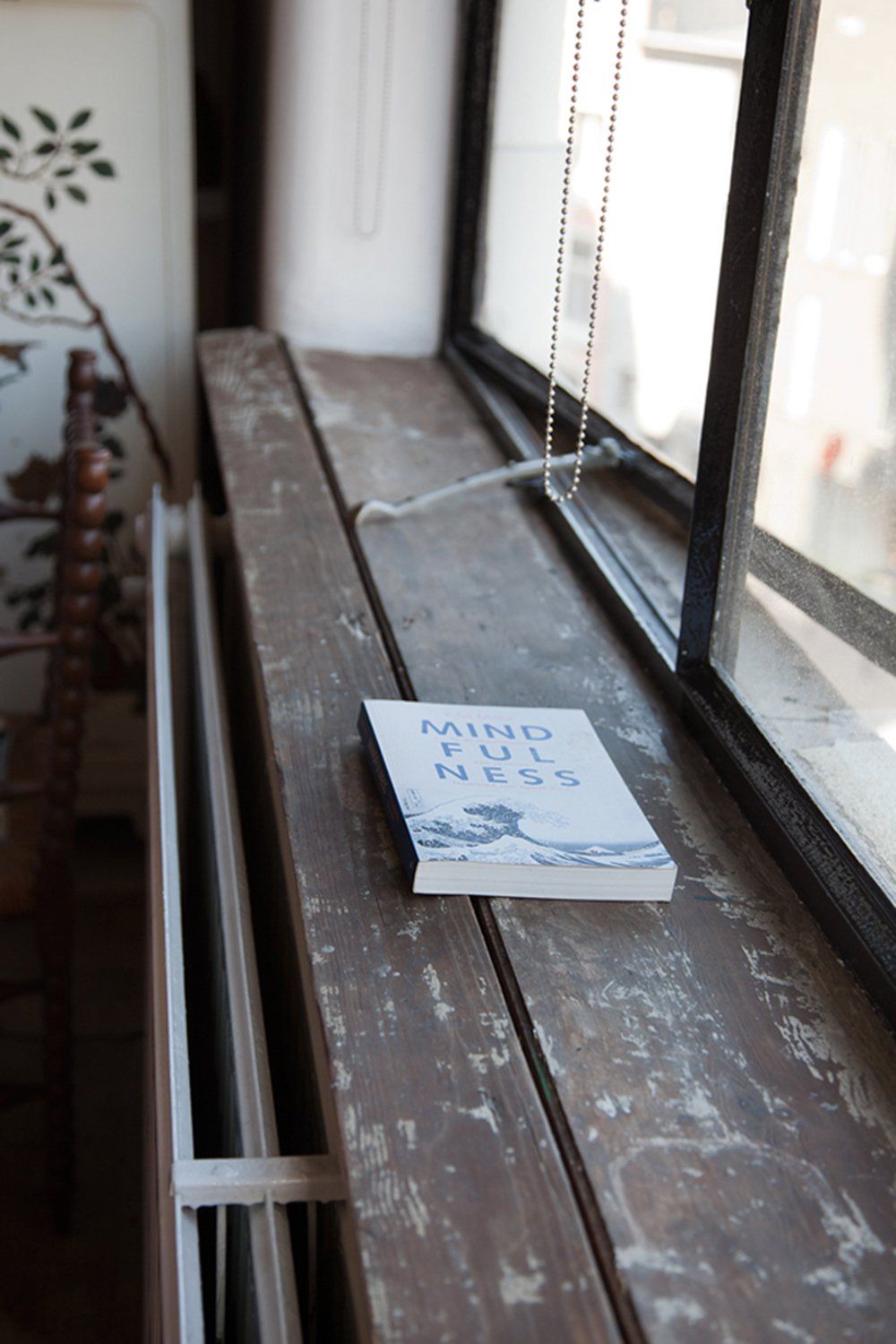
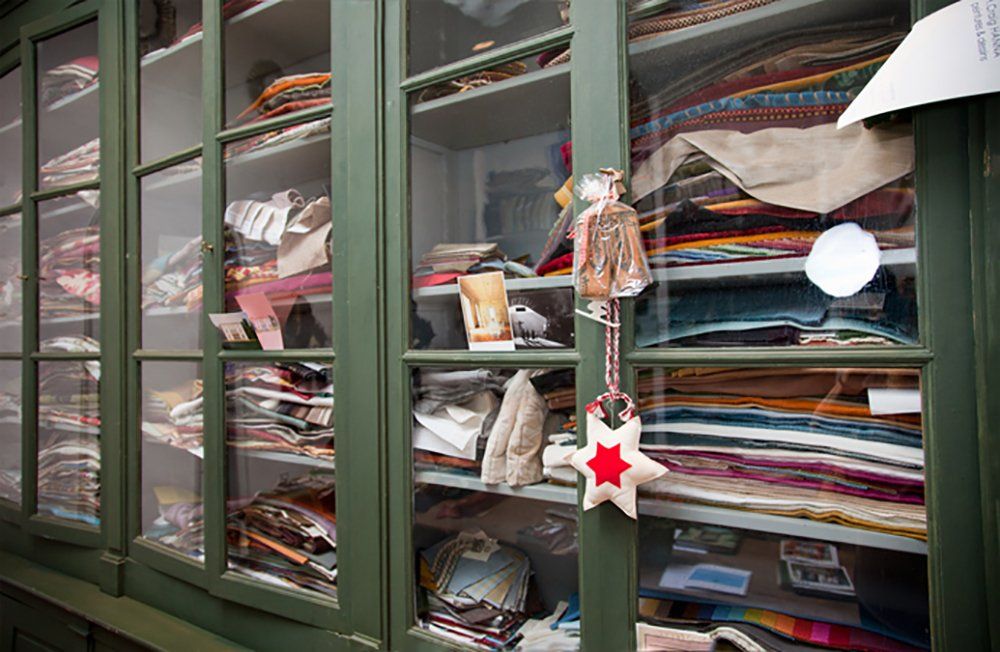
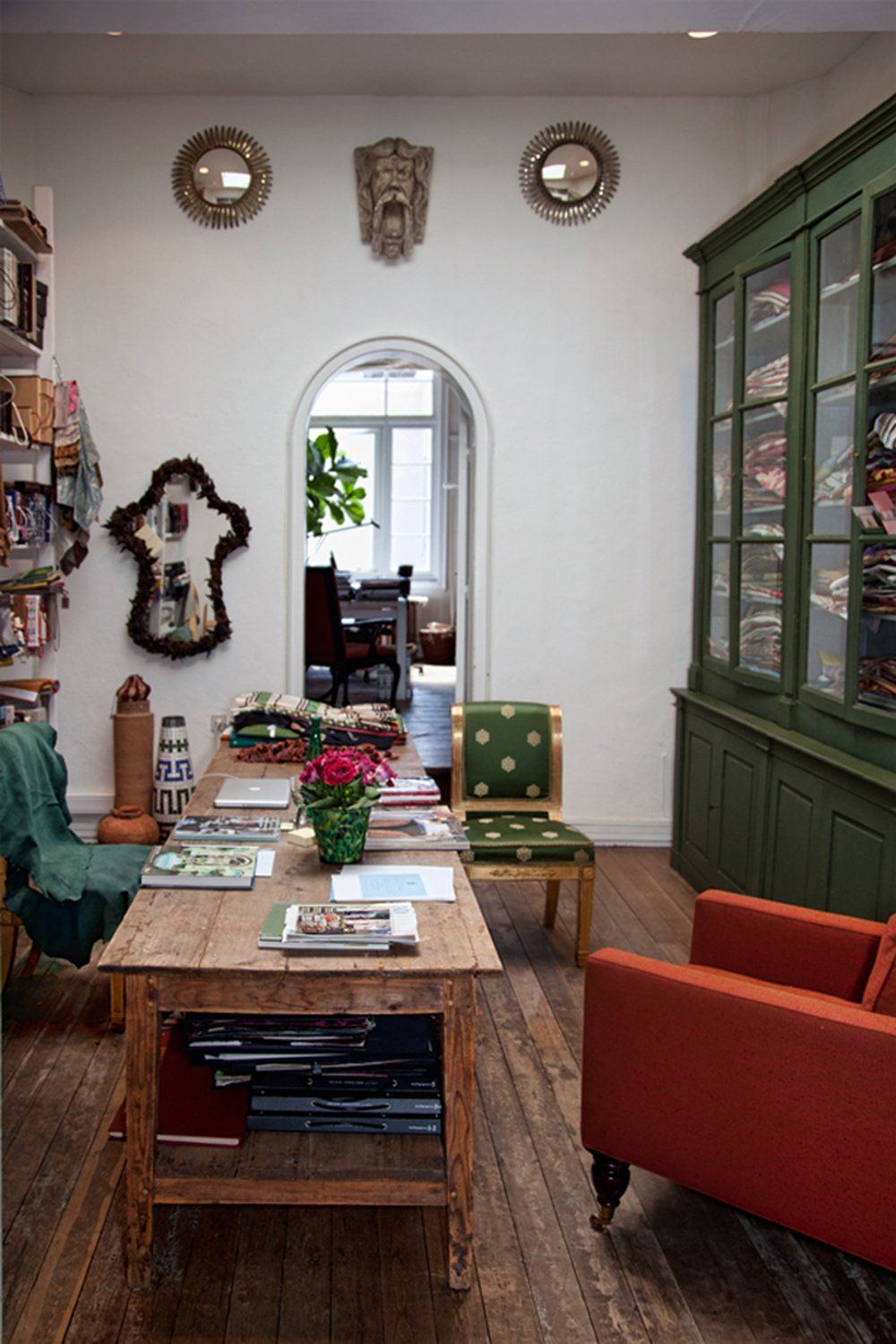
Do you have a final tip for our readers?
Authenticity! We must start believing in all the things around us. Why would you want to make new things so far away? If you have a floor made of wooden planks at home – then those are the planks you’ve got! Live with it! Respect what you have at home and live with it. It makes no sense to strip buildings with character and to ‘commit’ architecture to it. It will not work. But the opposite is also true: If you have a new home, then a vintage style will not do it. You have to create something new then.
With interiors, people just have to be themselves. If you do pottery, I want to see that in your home. We already have so many showroom interiors that come straight from the magazines. Do they make people happy? I don’t think so. In that respect, fashion is always ahead of interior design. You can have a beatiful expensive bag and a pair of jeans by Zara. Throw it all together! I know that interiors will be like that in ten years and that people will by less from a catalogue. Because why couldn’t that designer around the corner make a nice table for you?
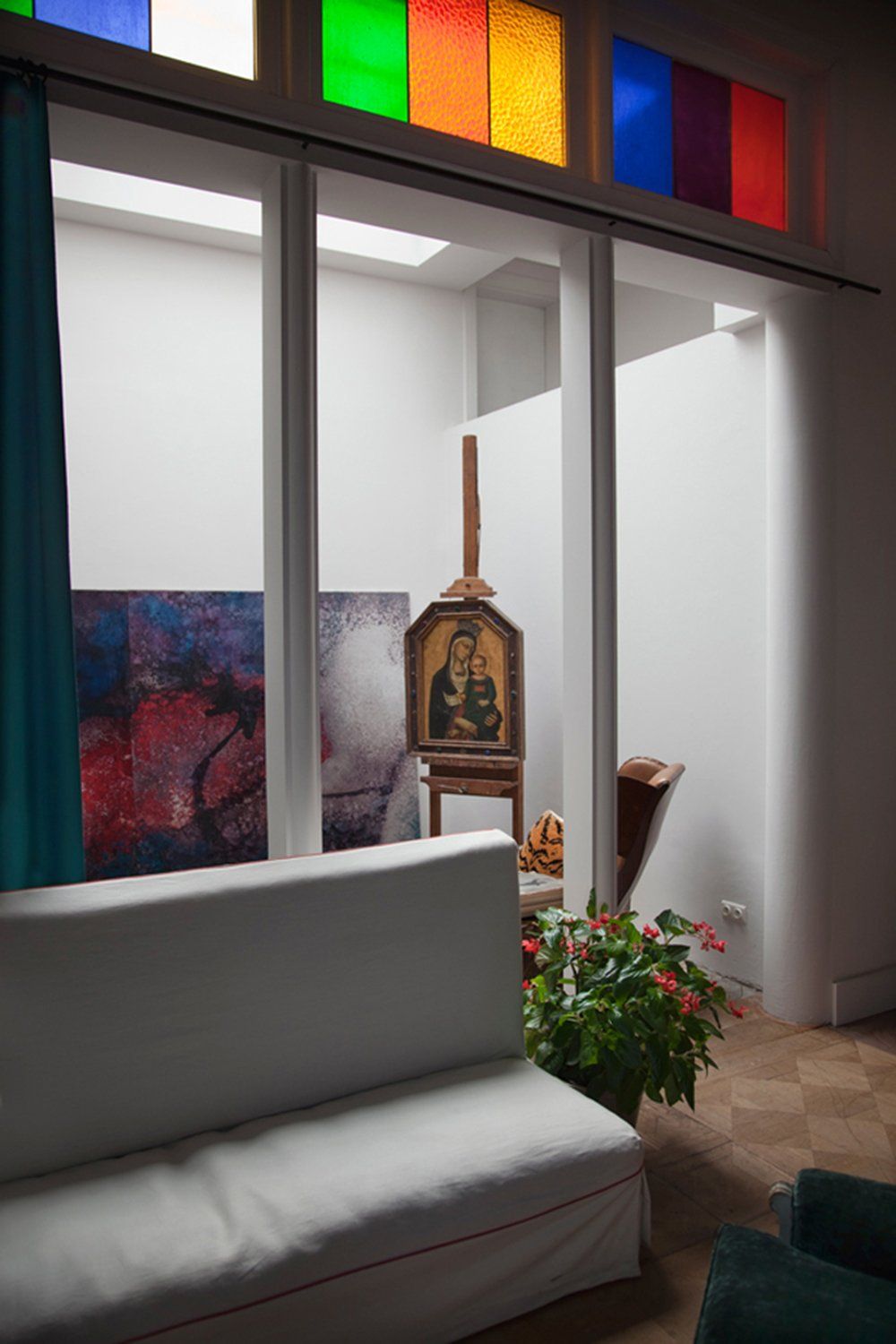
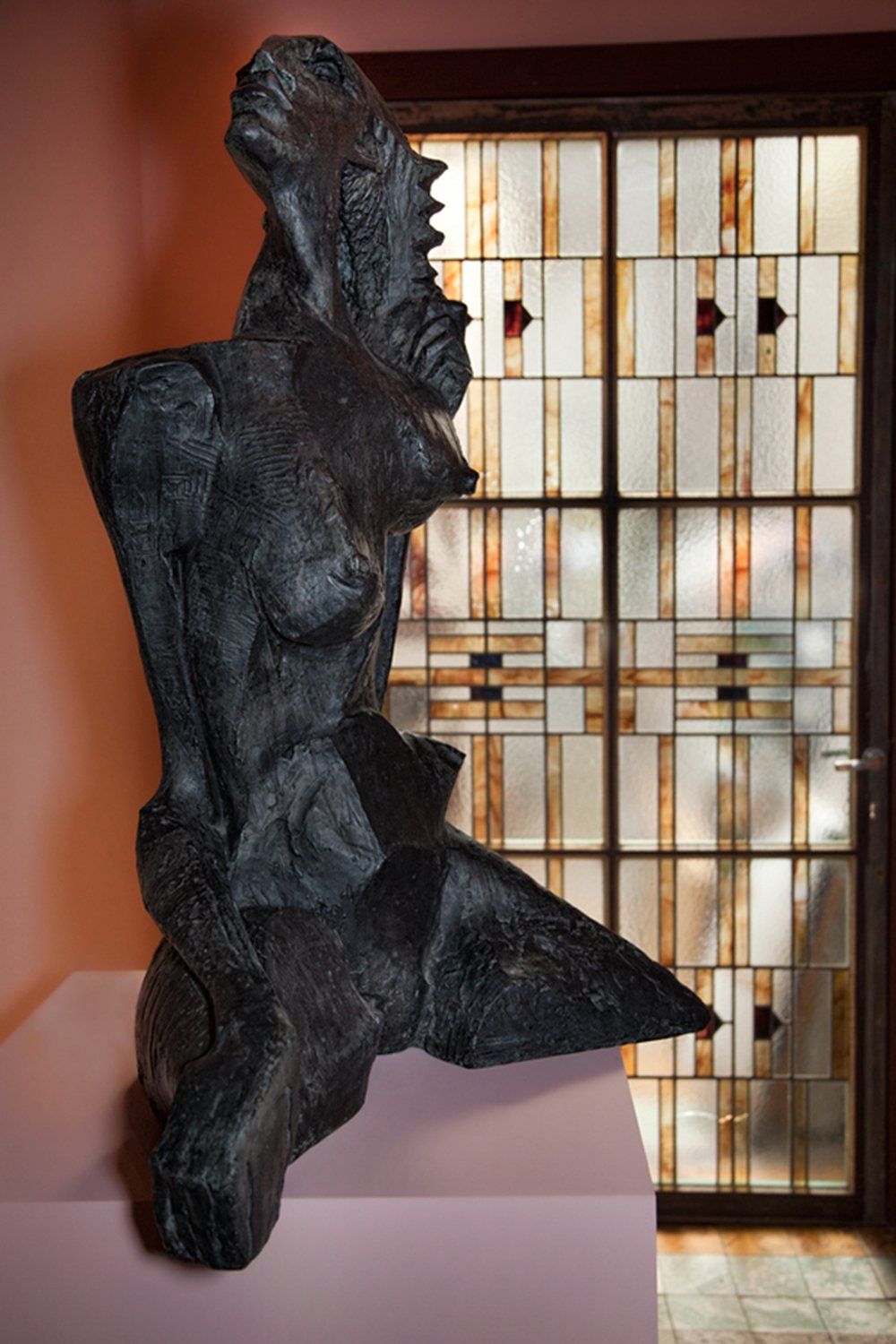
Photography: Jacqueline Louter / www.jaxpix.nl
PS: Did you know that Interiorator also has a Facebook page with even more exclusive content?
